
On April 22, 2025, the U.S. Food and Drug Administration (FDA) announced a major plan to phase out six petroleum-based synthetic food dyes by the end of 2026. This initiative is part of the “Make America Healthy Again” campaign led by Health and Human Services Secretary Robert F. Kennedy Jr.
The FDA is hoping to encourage food and beverage manufacturers to voluntarily replace artificial dyes with natural alternatives such as beet powder, turmeric, and cabbage extract.
While it is not an outright ban, this move signals a significant shift in food industry practices due to growing health concerns linked to these dyes.
Major Food Companies Commit to Dye Removal
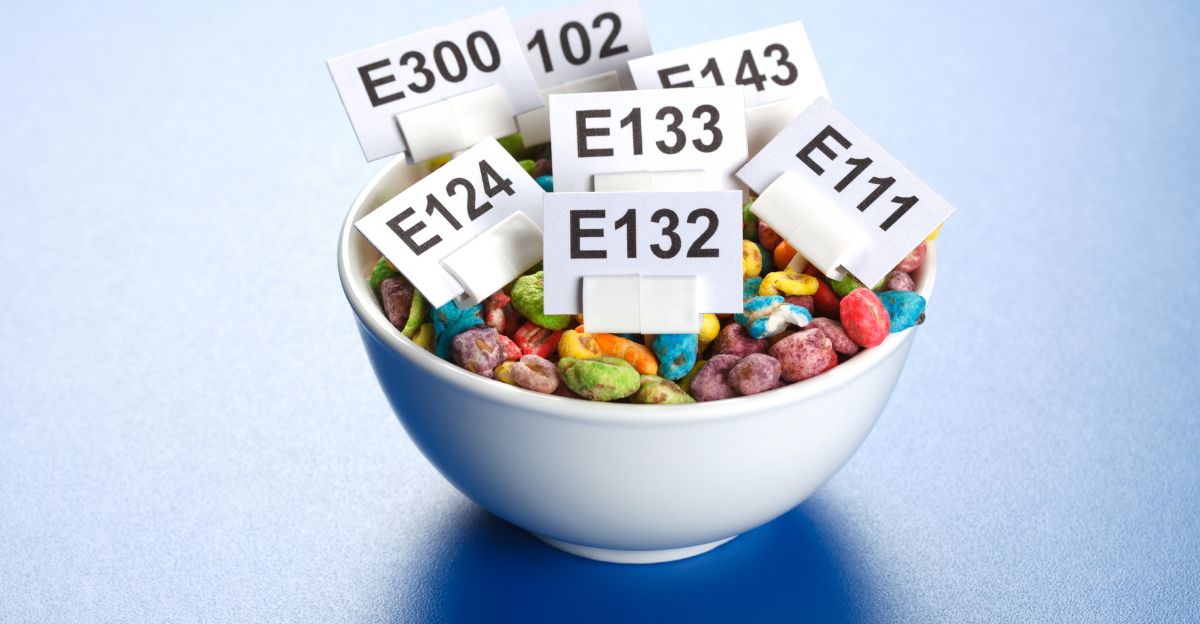
In response to the FDA’s announcement, several major food companies have issued statements that they will remove synthetic dyes from their products. For example, Kraft Heinz announced it will ditch artificial food dyes from its U.S. portfolio in the next two years, affecting favorites such as Crystal Light and Jell-O.
Nestle USA and Conagra Brands have also pledged to phase out FD&C colors in their products by mid-2026 and the end of 2025, respectively. J.M. Smucker intends to complete dye removal by 2027. These companies attribute these reforms to the promotion of consumer health and evolving preferences.
Pedro Navio, Kraft Heinz’s North America president, stated, “We are dedicated to supplying nutritious, affordable, and delicious food for Americans.”
Health Concerns That Led to the FDA’s Decision
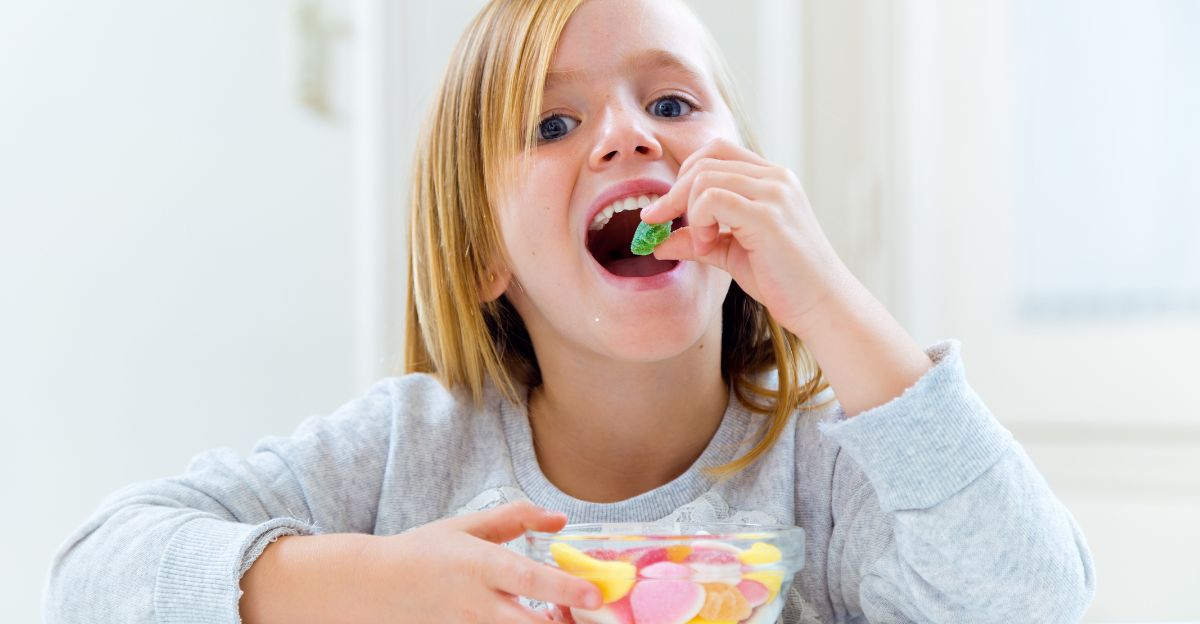
FDA Commissioner Dr. Marty Makary highlighted that the synthetic dyes targeted have been linked to adverse health effects, particularly in children, including behavioral issues such as ADHD and potential carcinogenic risks.
“For the last 50 years, we have been running one of the largest uncontrolled scientific experiments in the world on our nation’s children without their consent,” Makary said. The FDA plans to speed up the approval of natural color additives to help the industry facilitate transition.
However, the International Association of Color Manufacturers has contested these health concerns, citing rigorous safety reviews of these dyes globally.
Impact on Culver’s Menu: Progress and Remaining Challenges
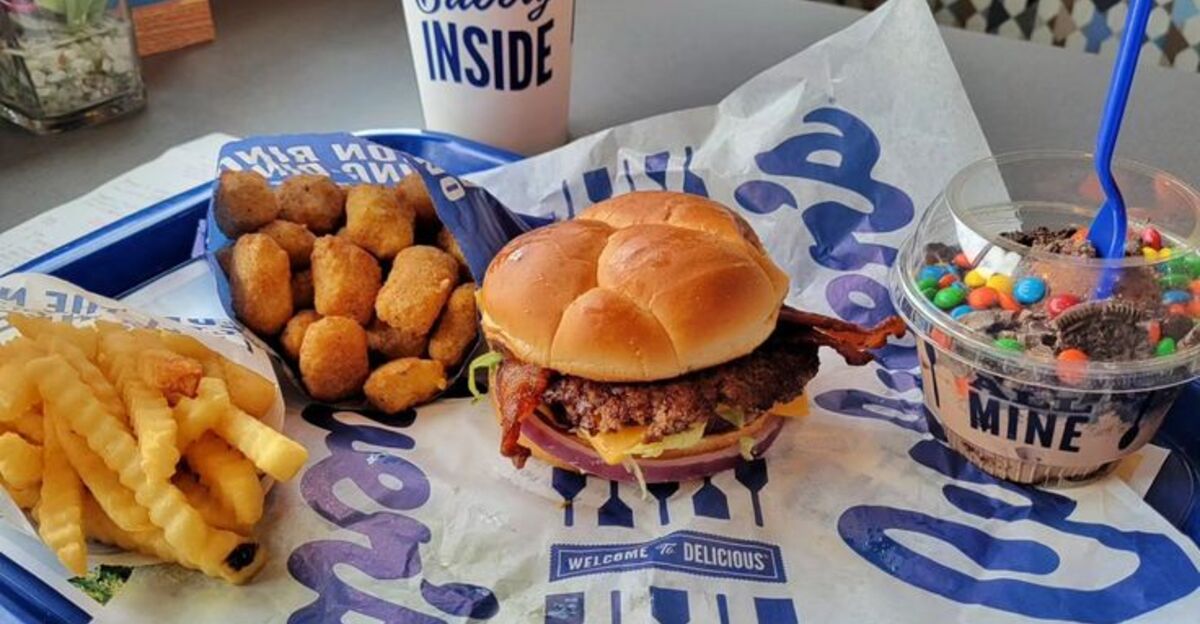
Culver’s, a popular burger chain, has already removed a number of artificial dyes from its menu items ahead of the FDA’s guidance. Between 2018 and 2022, Culver’s removed Yellow 5, Red 40, and Blue 1 from its Wisconsin Breaded Cheese Curds and replaced them with natural colorants such as beet powder, paprika, and turmeric extract.
Despite this progress, many of their custard toppings and mix-ins still contain banned dyes, including Blue Sprinkles (Blue 1), Butterscotch Topping (Yellow 5 and 6), and Maraschino Cherries (Red 40). This reflects the broader challenge food chains experience in reformulating complex products.
Custard Toppings and Mix-Ins: The Main Source of Dyes at Culver’s
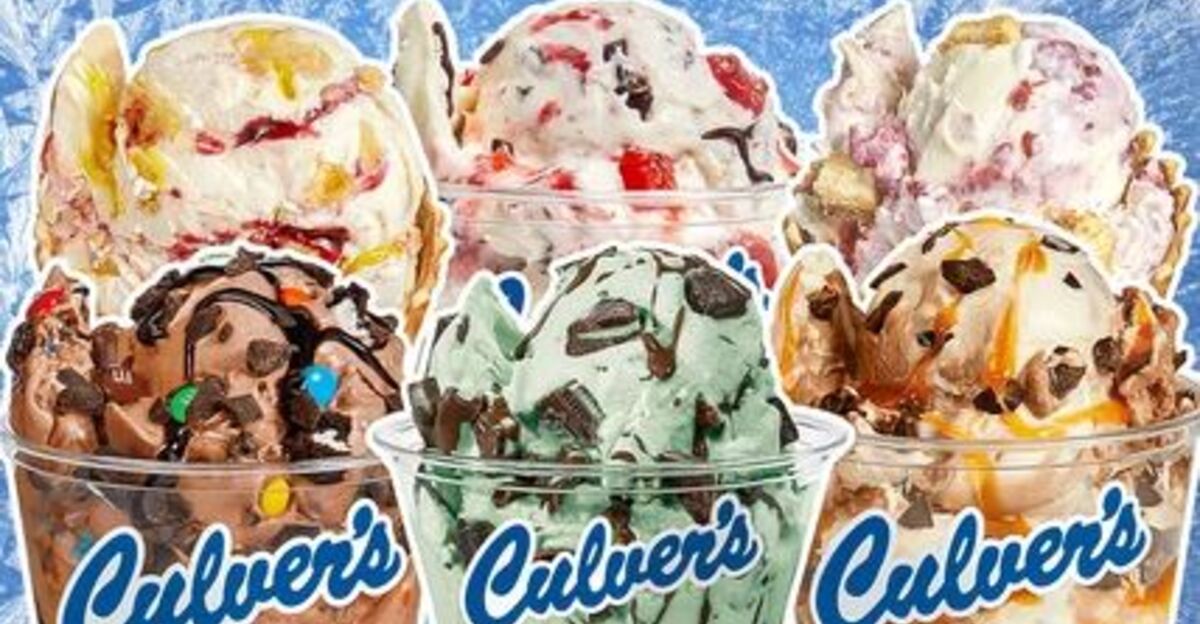
Culver’s custard, renowned for its rich flavor, remains free of artificial dyes in its base. However, synthetic dyes are still used in many popular mix-ins and toppings.
These include chocolate-flavored syrup (Red 40, Blue 2), mint syrup (Yellow 5, Blue 1), and candies such as Mini M&Ms and Reese’s Pieces Minis, which contain several banned dyes.
The presence of these dyes in dessert items highlights the difficulty in balancing visual appeal and FDA compliance, as many colorful toppings rely heavily on synthetic colorants.
Additional Culver’s Menu Items with Banned Dyes
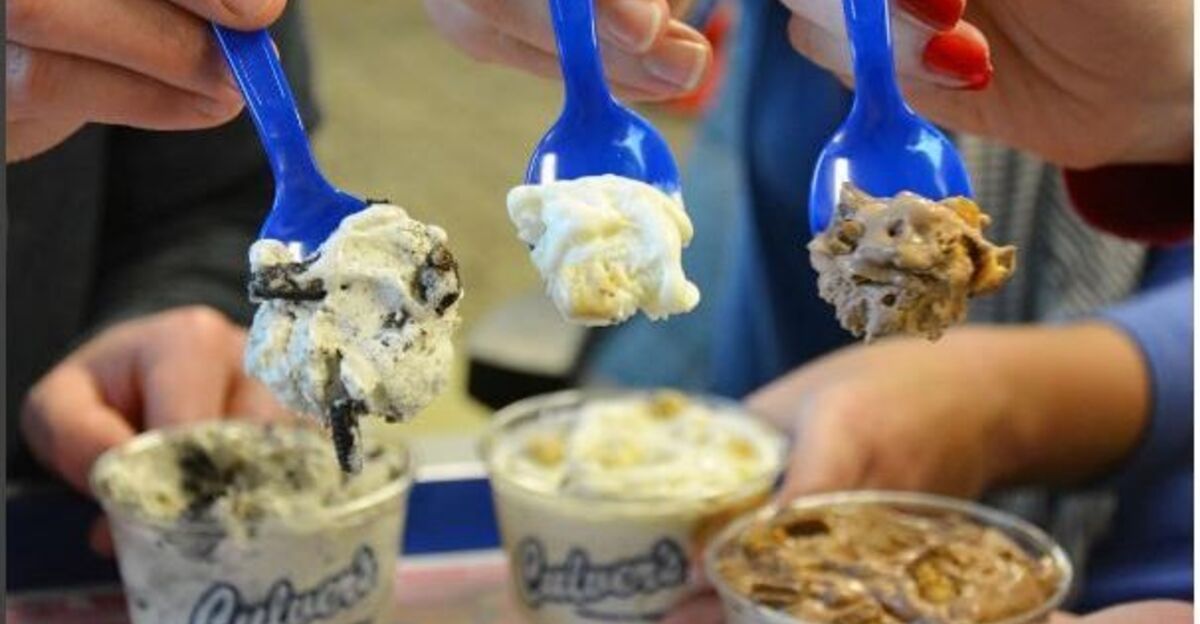
In addition to custard toppings, a few other menu items at Culver’s continue to use synthetic dyes. One example here is Ken’s® Raspberry Vinaigrette salad dressing, which contains Red 40 and Blue 1.
Additionally, some products, such as dill pickles and George’s Chili, contain Yellow 5 in their seasoning or ingredients.
These examples highlight the widespread use of artificial colorants even in savory foods, which may surprise consumers expecting natural ingredients in such items.
Beverages at Culver’s: Artificial Dyes in Fountain Drinks
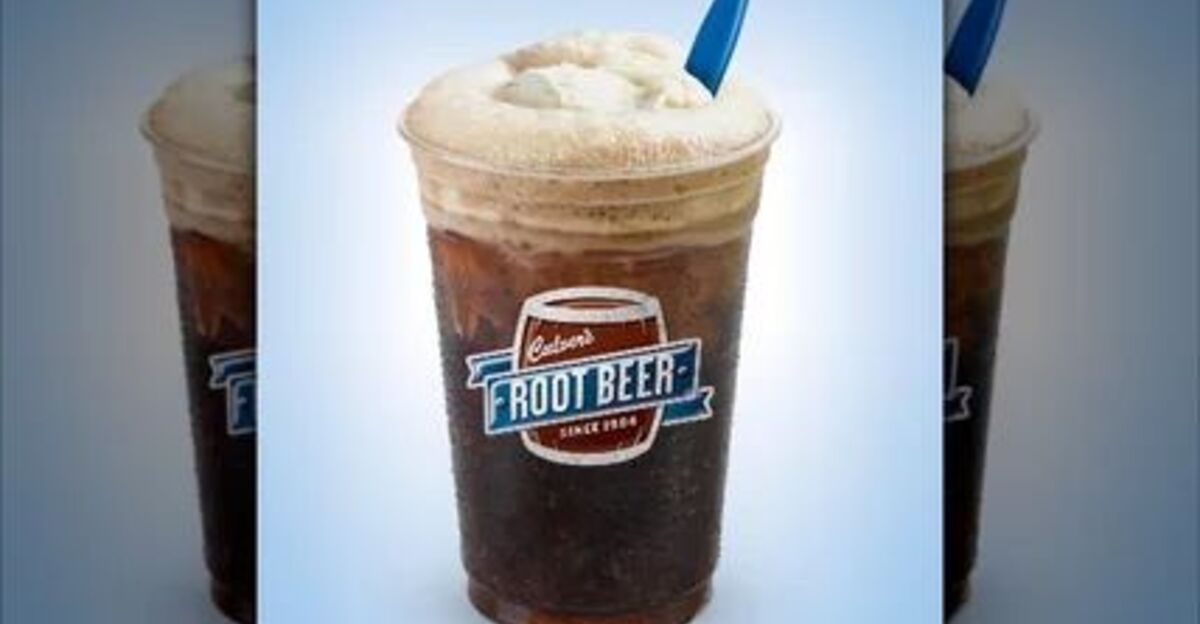
Many popular fountain drinks at Culver’s also contain these FDA-targeted dyes. Fanta contains Red 40 and Yellow 6, Mountain Dew has Yellow 5, and both regular and diet root beer include Red 40. Tropicana’s Light Lemonade and Pink Lemonade are also colored with Yellow 5 and Red 40, respectively.
This is consistent with the company’s policy of gradual change in response to government-driven reformulation efforts seen in other fast-foods, such as the shift that In-N-Out made in their pink lemonade and strawberry syrup to natural colorants as part of the FDA’s initiative.
Industry-Wide Shift Toward Natural Colorants
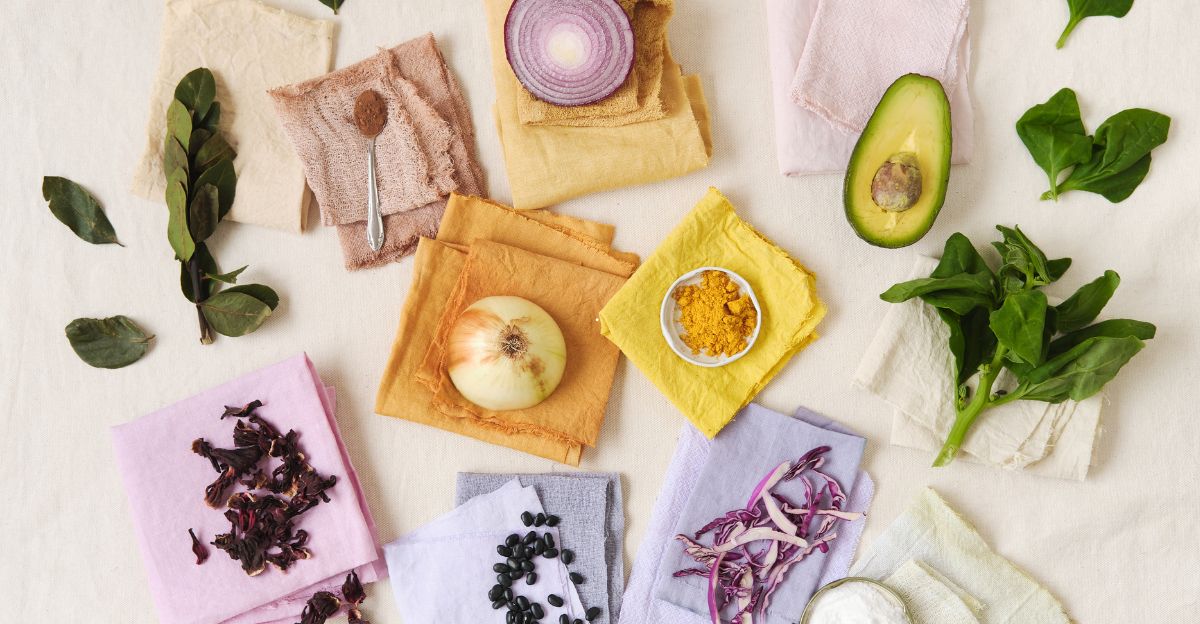
The F.D.A.’s phase-out plan has accelerated a broader industry move toward natural food dyes. Many companies are experimenting with plant-based alternatives like beet juice, turmeric, and spirulina.
In-N-Out Burger, for example, replaced artificial dyes in its drinks and ketchup with natural ingredients, emphasizing taste preservation alongside health benefits.
Experts like pediatric dietician Ashley Smith view this as a positive step toward reducing artificial additives in mainstream food products, making healthier options more accessible to families.
Expert Perspectives on the FDA’s Ban
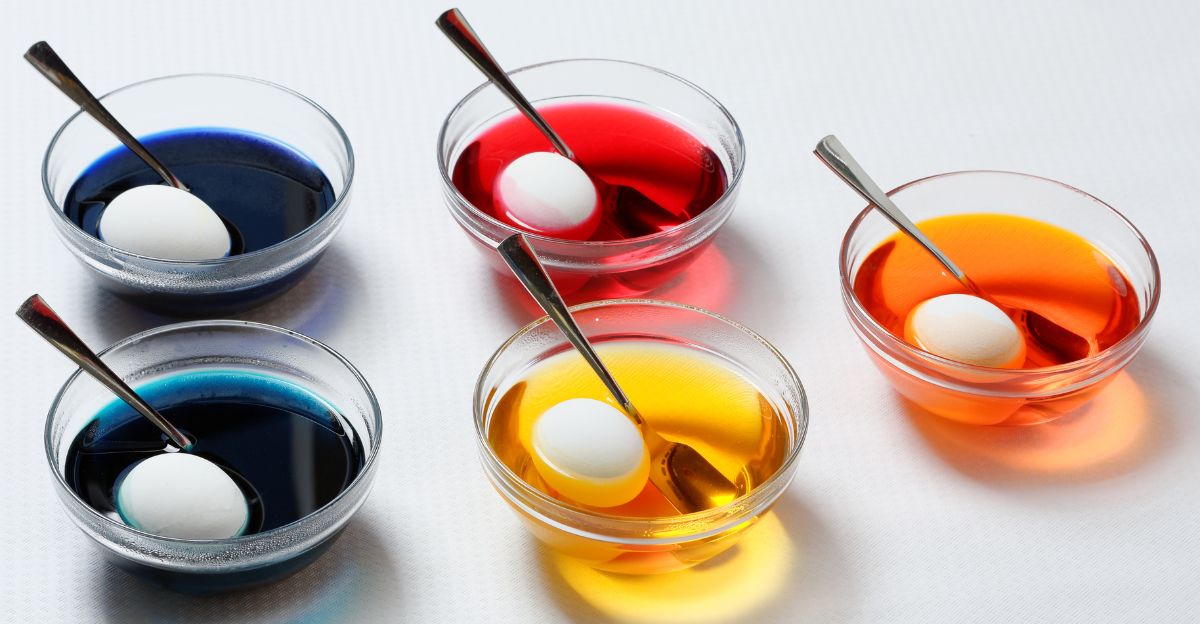
Nutrition experts generally support the FDA’s efforts to reduce synthetic dyes in the food supply. Artificial dyes are devoid of nutritional value and may be harmful to children’s health, according to Diana Gariglio-Clelland, a registered dietitian.
Meanwhile, pediatric dietitian Ashley Smith calls the FDA’s action “a step in the right direction” to eliminate artificial ingredients from everyday foods, potentially improving public health outcomes.
However, some industry voices caution that natural dyes may pose challenges in cost and stability, requiring ongoing innovation.
The Future of Food Coloring in America
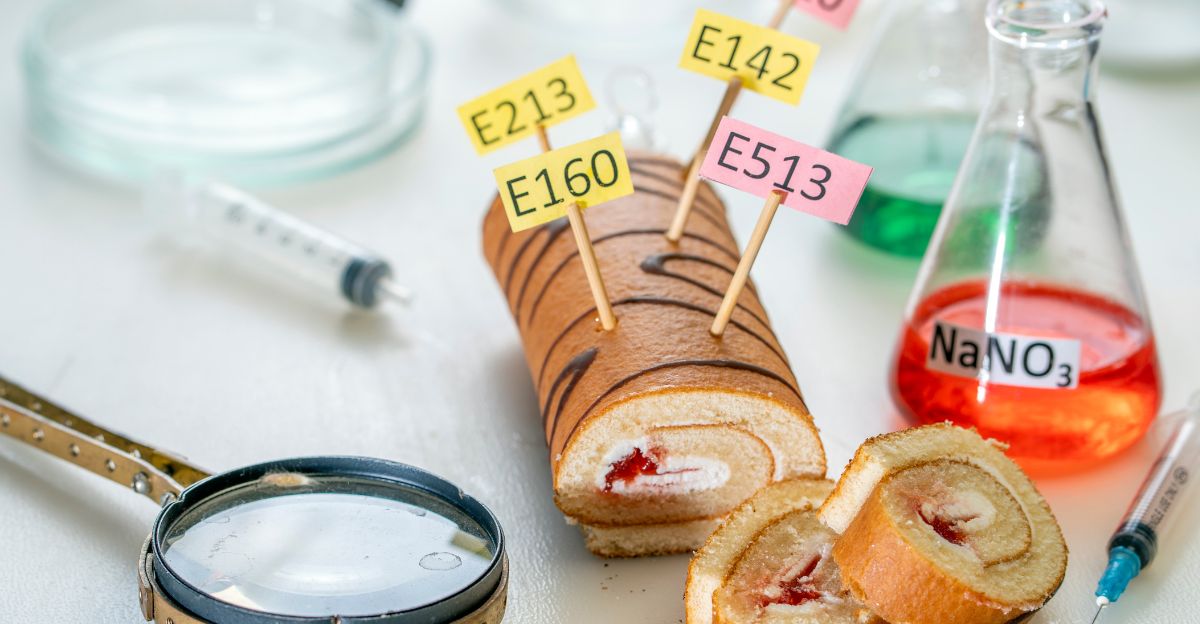
As the FDA sets a timeline for the complete removal of petroleum-based synthetic dyes by the end of 2026, food manufacturers face a critical period of reformulation and consumer education.
While voluntary compliance is encouraged, the agency’s firm stance indicates the heightened scrutiny on food additives.
This transition promises a future in which colorful foods rely on natural, safer ingredients, aligning with increasing consumer demand for transparency and health-conscious choices. The coming years will reveal how effectively the food industry adapts to the sweeping changes.
